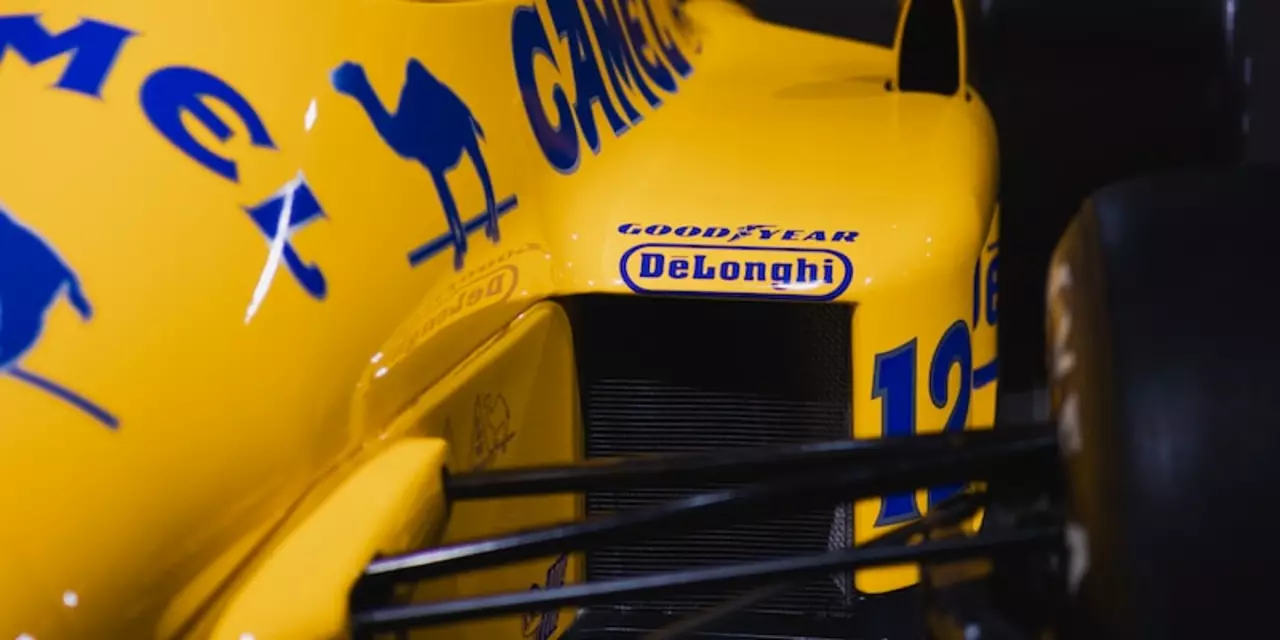Death in Racing: What It Means and How the Sport Responds
When a driver loses his life on the track, the whole racing world feels it. The news hits hard because fans, teams, and fellow racers share a love for speed and risk. It’s a subject no one wants to think about, but understanding why it happens and what’s being done to stop it helps us appreciate the sport even more.
Every time a crash turns fatal, it triggers a chain reaction. The first reaction is grief – families, friends, and fans mourn. Then comes the analysis. Engineers dump data, officials review footage, and regulators ask tough questions. This process isn’t just about blame; it’s about learning how to keep better safety standards.
Why Death Still Happens
Even with modern tech, racing stays dangerous. Cars travel over 200 mph, and a split‑second mistake can send a vehicle off the track. The forces involved are huge, and the human body can only take so much. Weather, track conditions, and mechanical failure add extra risk. A small tire puncture at high speed can turn a routine lap into a deadly slide.
Another factor is the competitive mindset. Drivers push the limits to win, and that drive sometimes crosses into unsafe territory. The pressure to perform, especially in lower‑class series where sponsorship money depends on results, can lead to risky moves. When you combine raw talent with a desire to prove yourself, the odds of a serious incident rise.
How the Sport is Getting Safer
Safety advances are happening every season. Modern helmets use carbon‑fiber and can absorb massive impacts. The HANS device (Head And Neck Support) stops the head from snapping forward during a crash. Track designs now include larger runoff areas, energy‑absorbing barriers, and better lighting.
Rules have tightened, too. Drivers must wear fire‑resistant suits, and cars are built with crumple zones that protect the cockpit. Racing series also run regular safety drills, making sure crews know how to react fast. When a fatal accident occurs, the governing body often adds new regulations to address the specific failure that led to the tragedy.
Fans also play a role. Social media spreads stories of lost drivers quickly, keeping the conversation alive. Tributes at races remind everyone that each driver is a person, not just a number on a starting grid. Those moments often inspire new safety campaigns and fundraisers for families left behind.
Looking back, the sport has lost legends like Ayrton Senna, Dale Earnhardt, and more recent names. Each loss sparked a wave of improvements that made the next generation safer. While we can never erase the risk, we can keep pushing for better tech, stricter rules, and a culture that values life over speed.
If you’re new to racing, remember that the excitement you feel comes with a respect for the people behind the wheel. Celebrate the skill, honor the memory of those gone, and stay aware of the safety steps that protect the sport you love.
